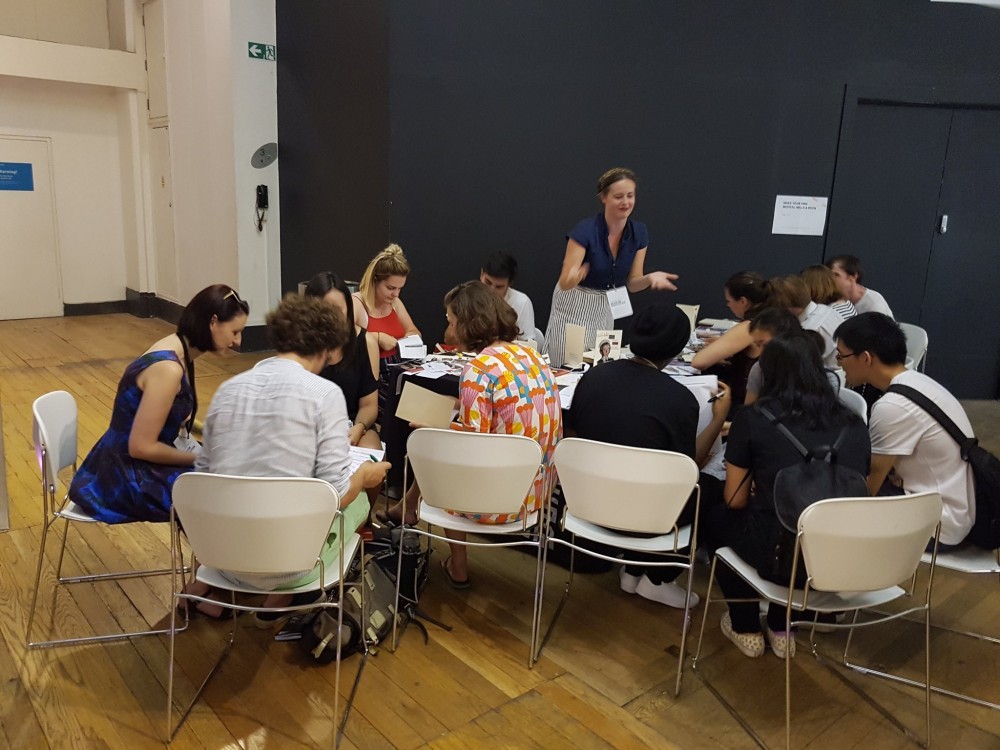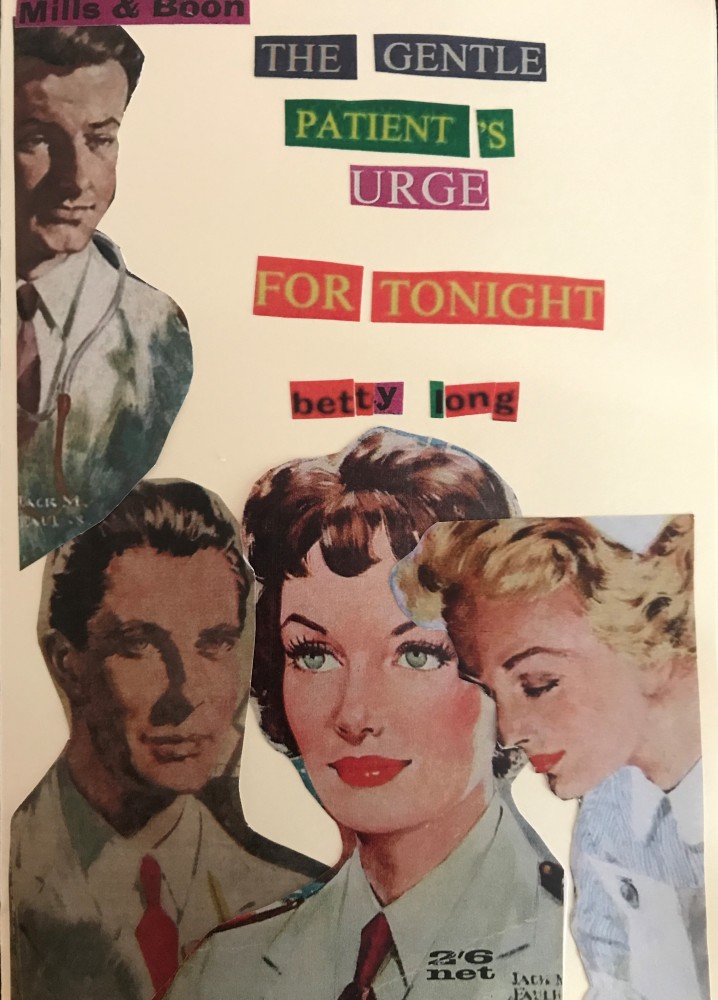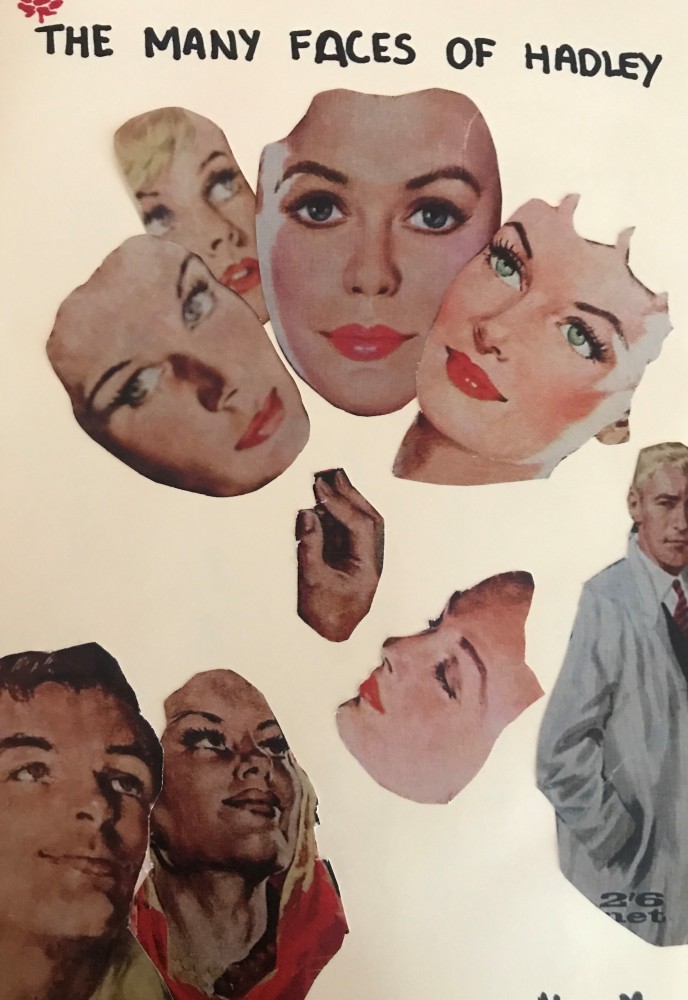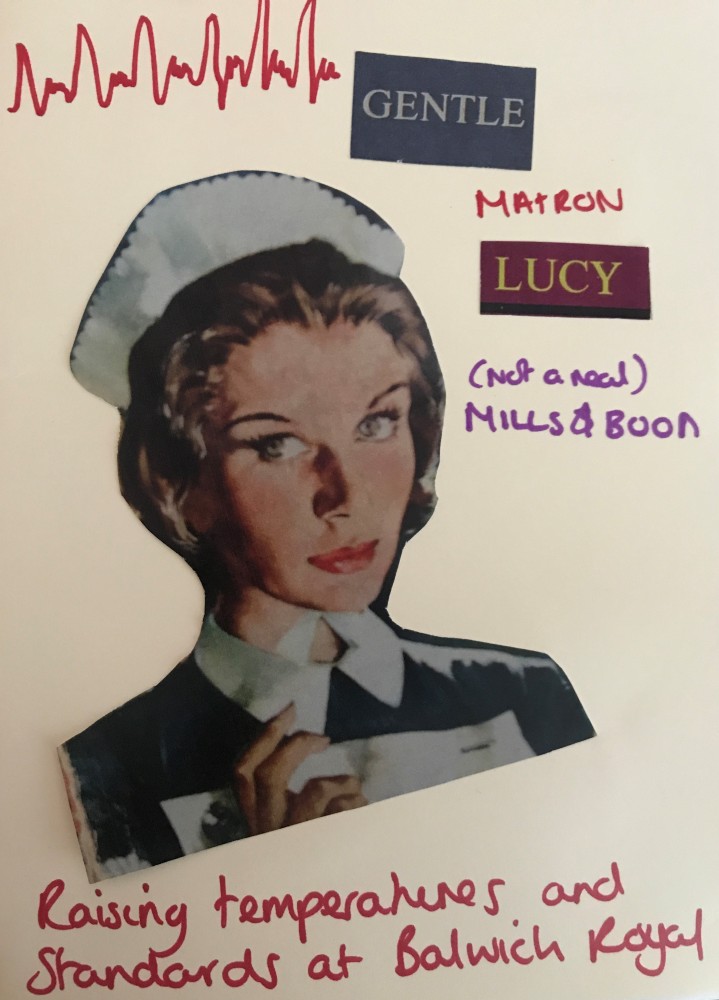
Last month the Surgery & Emotion team took part in the Science Museum’s medical-themed Late, running an interactive stall called ‘Make Your Own Medical Mills & Boon’.

Science Museum Lates are aimed at adult audiences, and include different stalls, activities and performances engaging with a central theme. The medicine Late coincided with the 70th anniversary of the NHS. Drawing on the project’s Research Fellow Agnes Arnold-Forster’s work, our activity introduced attendees to popular tropes about medical life and work found in twentieth-century romance fiction.
Mills & Boon was founded as a general interest publisher in 1908 but it soon specialised in romance novels. After the advent of the NHS in 1948, a new sub-genre emerged. ‘Doctor-Nurse’ romances usually involved a love affair between a male doctor and female nurse, set in a fictional provincial hospital. The Medical series continues to exist today – check out the Mills & Boon website to see some of the titles on offer.
Our stall invited participants to pen their own stories (along the lines of the game Consequences) and design their own cover art inspired by real-life medical Mills & Boon novels. Visitors made collages using images from the original cover designs, and incorporated their own illustrations. We had lots of copies of the original novels from Agnes’s own (steadily growing!) collection available for them to consult.

Team members Agnes, Alison Moulds, Mike Brown and Lauren Ryall-Waite were on hand to guide visitors through the tropes that populate this fiction and to discuss how the novels have shaped stereotypes about the surgical profession. We explored their portraits of dark, handsome and often arrogant male surgeons, who reveal a softer side through their love affairs. We talked about how the narratives typically uphold a conventional marriage plot, whereby the female protagonist gives up work upon her union with the male physician, surgeon (or even patient).
We also spoke about more unexpected narratives and content, with novels featuring talented women physicians and surgeons, feminist politics, same-sex romances, and realistic clinical detail. The novels sometimes incorporated sub-plots about more controversial or subversive issues such as abortion and venereal disease. Many of the authors had a nursing background and the publishers encouraged them to use their medical knowledge.
We found that a craft-based activity was a great way to introduce participants to the plots, themes and tropes of medical Mills & Boon. For instance, when some visitors opted to create lesbian romances, we could talk about the predominance of heteronormative narratives but also LGBT content in the real-life novels. Many of the covers and stories created during the evening departed from the Mills & Boon canon – with visitors incorporating murder mysteries and sci-fi themes – but this provided plenty of opportunities to think about how stereotypes surrounding medical work and life are perpetuated across different genres.

We had some great feedback from attendees. One participant said it was ‘such a fun station’ and that they’d ‘learnt a lot about Mills & Boon books’. Another commented it was ‘so fun’, ‘a good idea for an activity’, and that it encouraged her to think about ‘the cultural impact of medical fiction’. One attendee described it as an ‘awesome stall’, explaining that they ‘didn’t know anything about Mills & Boon before, it’s really made me think’. Finally, one visitor remarked that it was a ‘super enjoyable’ activity, and that they’d ‘learnt a lot about how the novels were ahead of their time, regarding females’ roles in a medical setting’.
We’re delighted with these responses, which suggest that hands-on, craft-based activities are a great way to engage participants with new ideas. Building on this success at the Science Museum Late, we’ll be looking to run the activity in different settings and with different audiences, so watch this space for more details.
